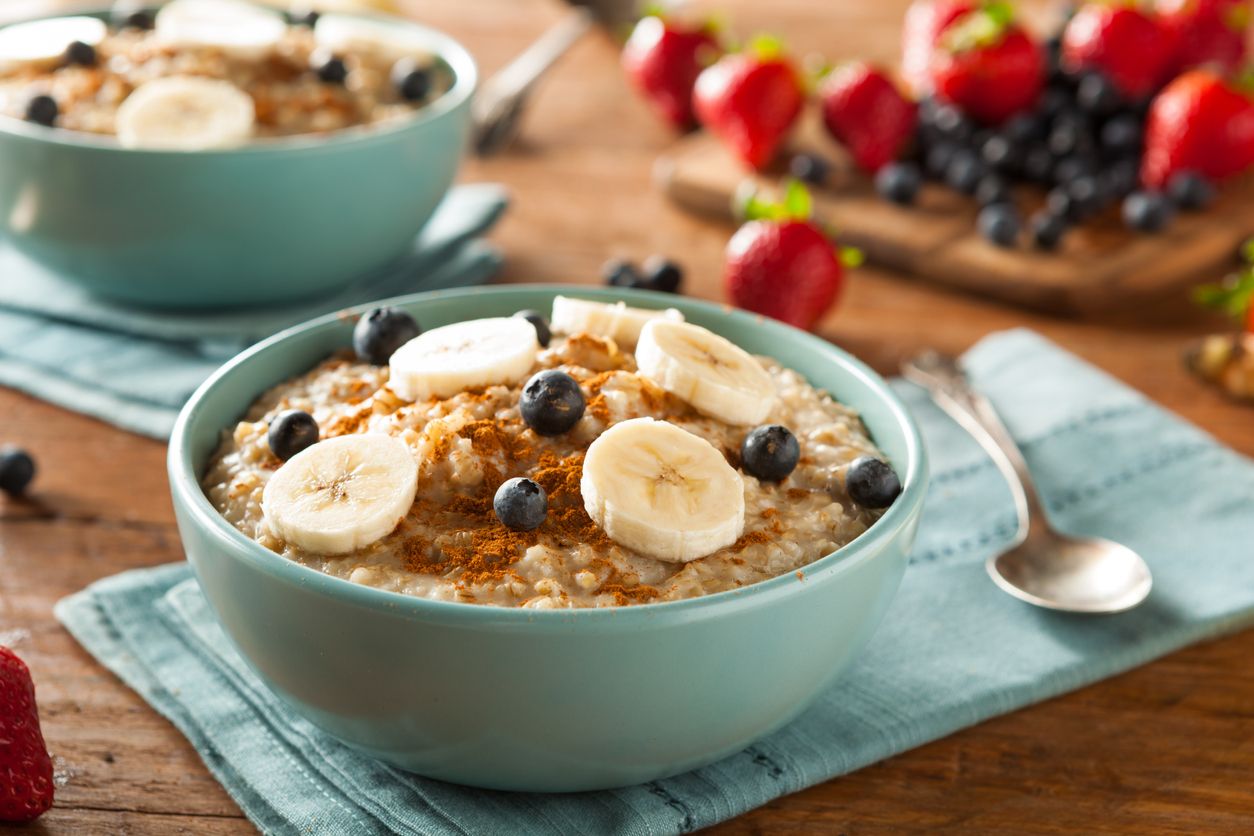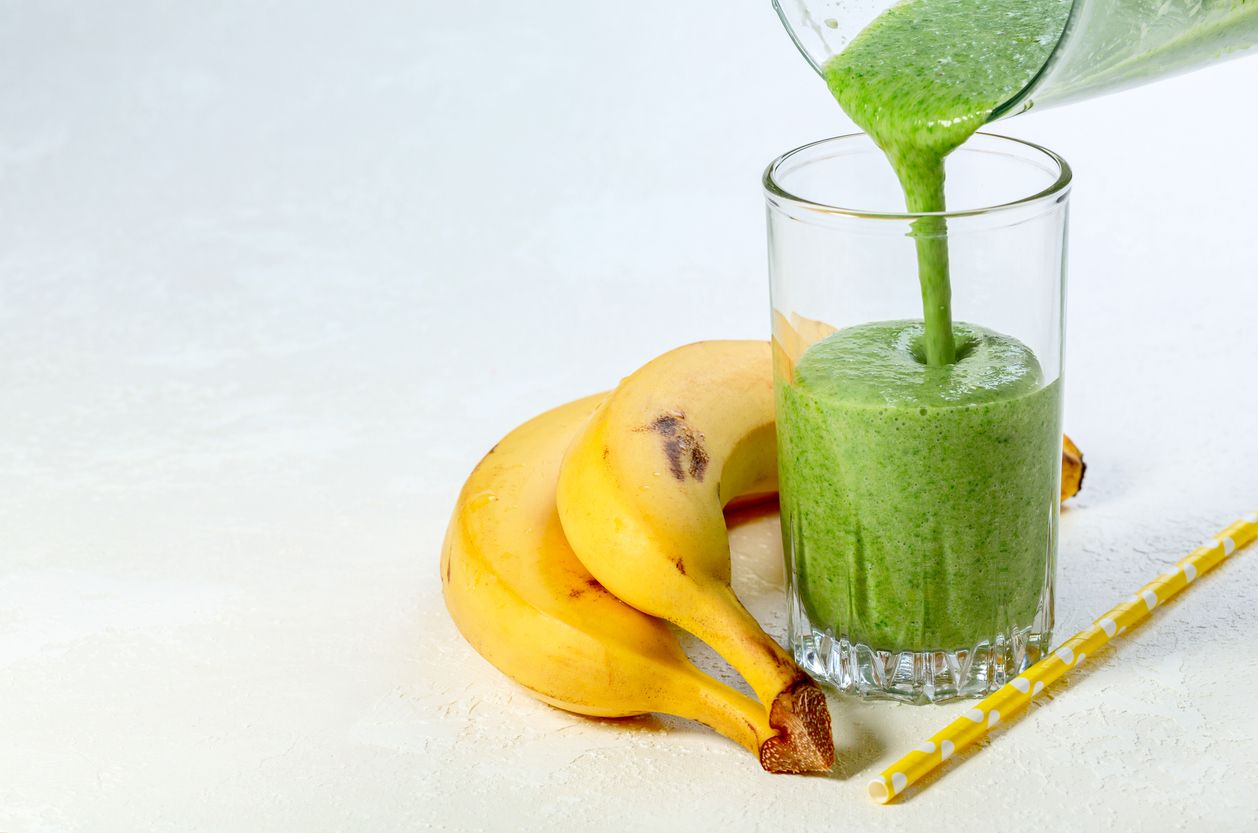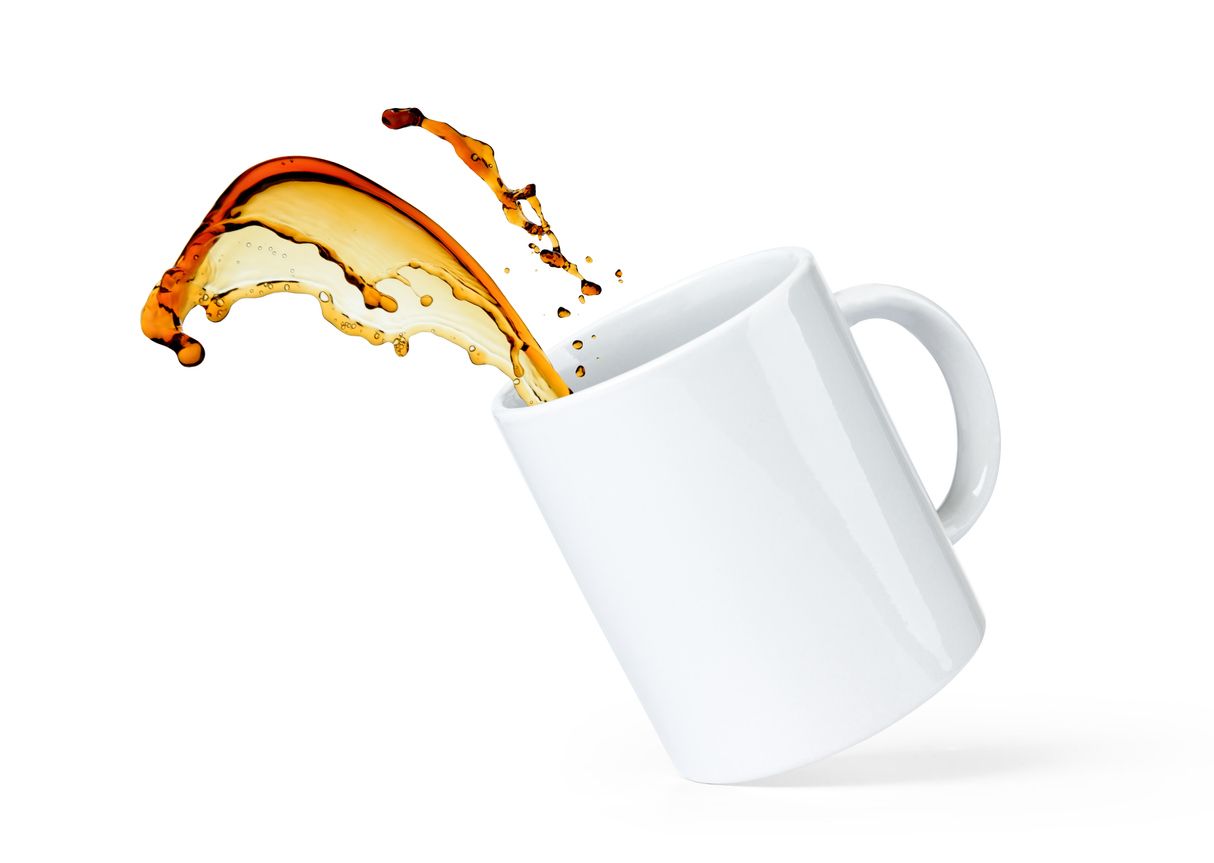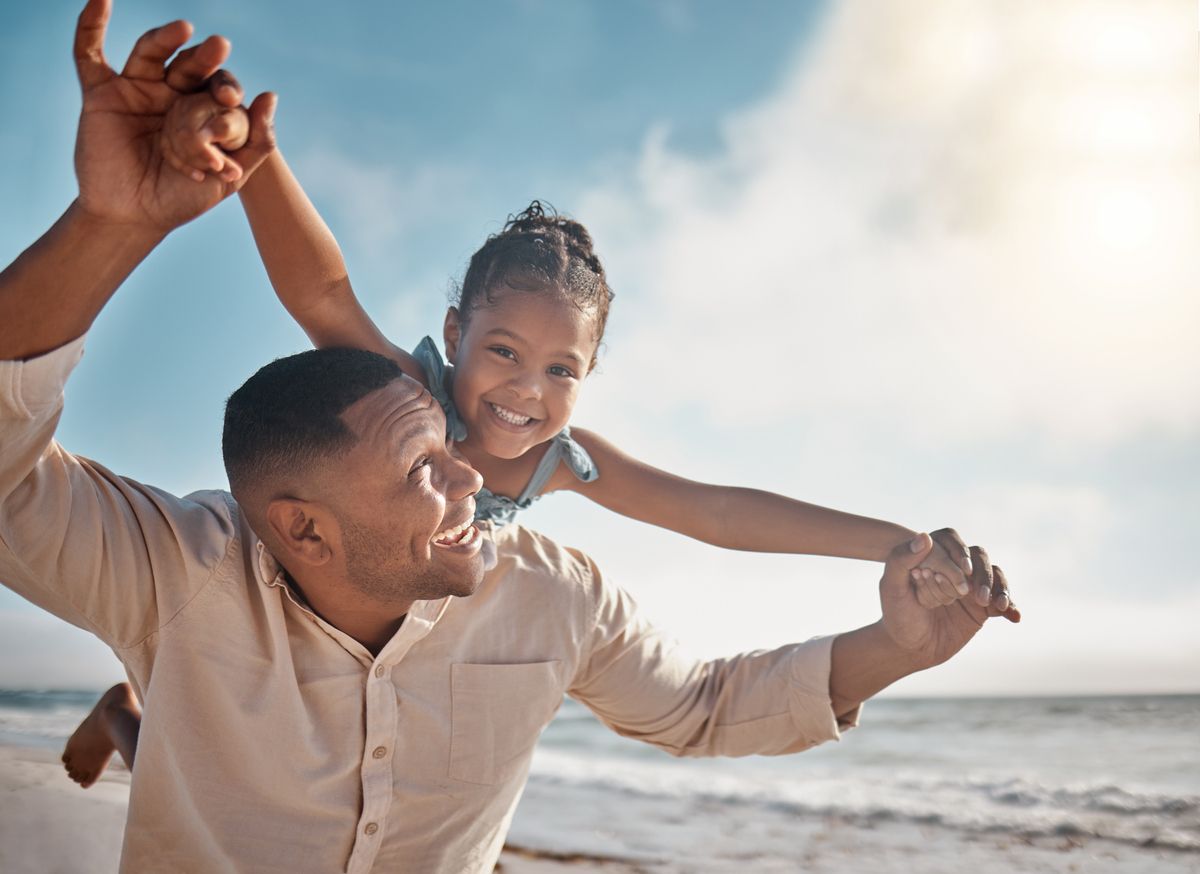5 easy yoga poses: The importance of staying flexible
Flexibility used to come naturally when we were kids. We never had to stretch or warm up before going out to play, but as we get older, we slow down and we feel more stiff and less flexible.
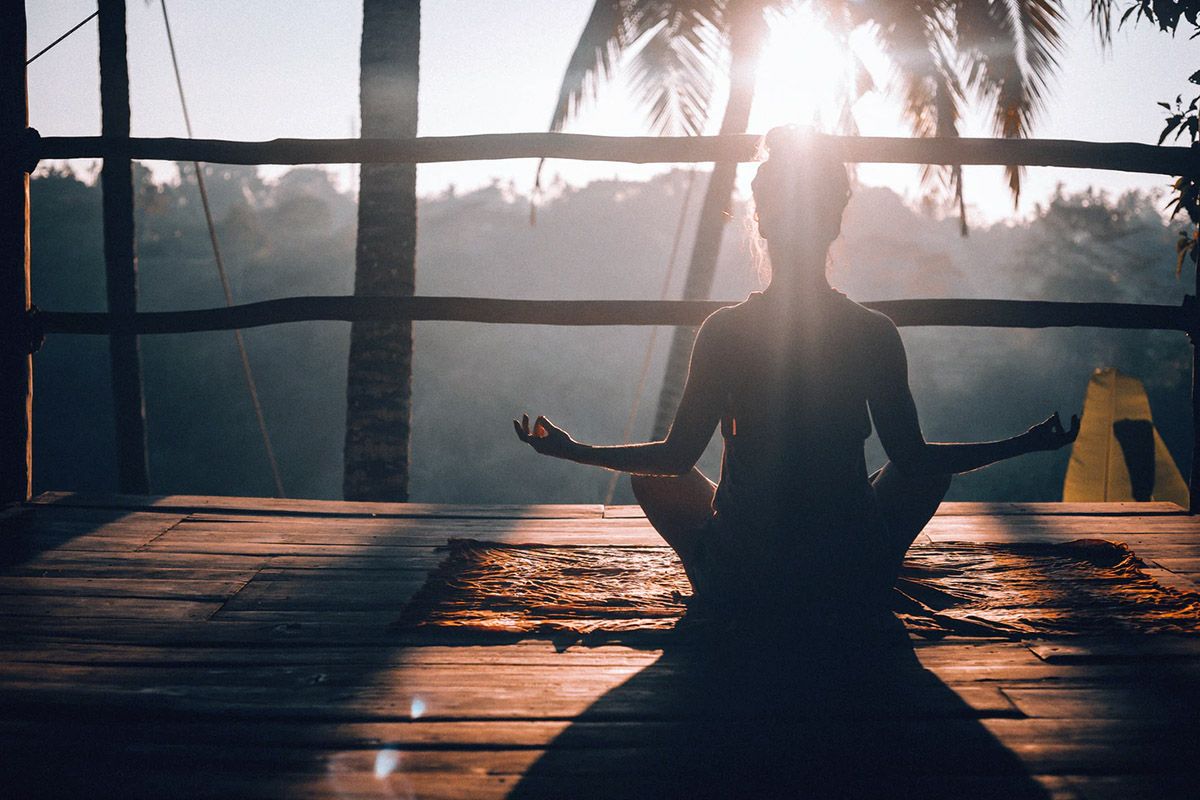
Flexibility used to come naturally when we were kids. We never had to stretch or warm up before going out to play, but as we get older, we slow down and we feel more stiff and less flexible. We may think that stretching is only necessary if we’re going to start an exercise session, but stretching should happen every day, several times a day. We don’t have to make time for it as we would an exercise session. We simply stretch right where we are, throughout the day. Even in those small changes, we start feeling the benefits of increased flexibility.
Why is flexibility important?
- As we become more flexible, we are less prone to injuries
- A small dose of exercise throughout the day will contribute to a more calm mind
- Prior stiffness gradually melts away with gentle, daily stretching
After warming up, try one or more of the following yoga poses for increased flexibility. Make any modifications in order to protect your back and body:
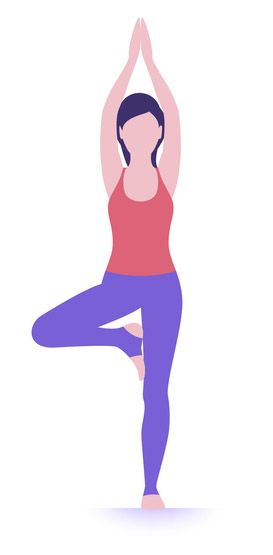
Mountain Pose
Modify this pose and drop your arms if the pose is too difficult at first. This pose helps reduce pack pain, it strengthens the abdomen, buttocks and the core area.
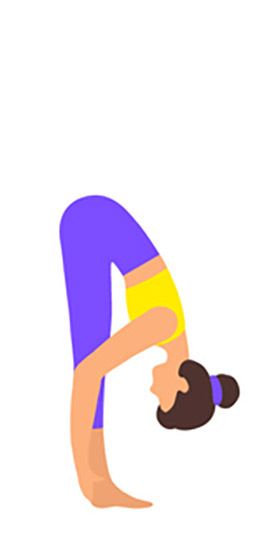
Standing Forward Bend
After a very stressful time, or if your back, shoulders or neck are tense, try this pose. You may not be able to bend down very far, and that’s ok. Just bend down gently for a few seconds to release stress. Come back up slowly, always protecting the back.
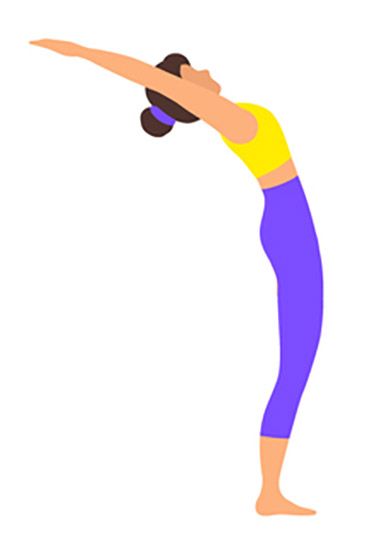
Standing Back Bend
This is the opposite of the Standing Forward Bend. In yoga, we should always follow one pose with the opposite in order to find balance. Gently lean back, never going past your comfortable and safe level.
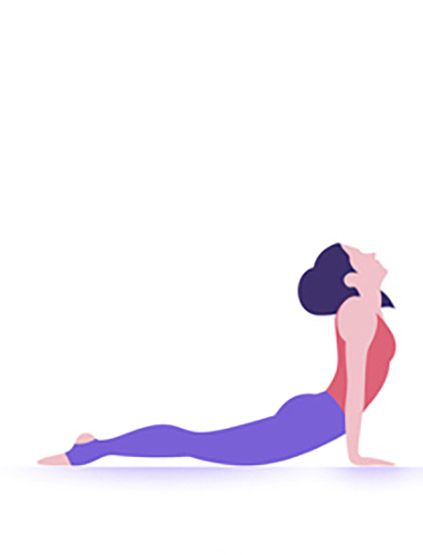
Upward Facing Dog
This pose helps you gently stretch the chest and abdominal muscles. At the same time, this helps strengthen shoulders, arms, and lower back.
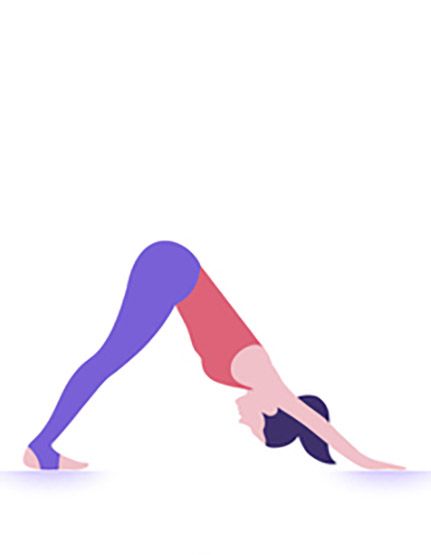
Downward Facing Dog
After doing the upward pose, we do the downward pose. If this is too difficult, try bending your knees, or try gently bending and resting one elbow on the mat. Another way to do downward dog is by just getting on your hands and knees, or using the wall as support instead of the floor.
Keep in mind...
You decide how long you stay in each pose and how many iterations of each you do. The most important aspect is that as you do each pose, you focus on your breath and on calming the mind. Breathing deeply and slowly, in and out, is the secret of yoga.
Practicing these poses once or more a day, will help you achieve not just a healthier, more flexible body, but will also bring a sense of calm and peace because yoga is an ancient practice for body, mind, and spirit.
Namaste!

